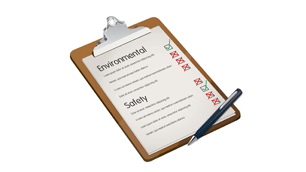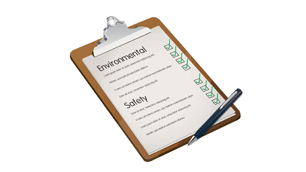Like us, many of our customers are looking across their whole value chains to ensure that their suppliers meet or exceed their robust environmental and social standards. As a producer of both steel and mined raw materials, we see this as a great opportunity to reassure our customers that we’re actively and effectively managing our own operations and our supply chain - which is why we're continuing to lead our industry in developing sustainability assurance standards.
Why is this important to us?
Where does this product come from - and what raw materials went into it? How do I know that it was produced responsibly? Our customers are increasingly asking these questions - and we need to answer them, and provide the evidence.
Our challenge

Our value chain is large and complex, stretching beyond our steel operations to our suppliers of mined raw materials and a supply chain involving thousands of businesses. Assessing the risk of poor social and environmental performance in our complex supply chain is no simple task. What's more, our sites and suppliers are under pressure to show conformity to a proliferating number of different environmental and social standards. Meanwhile, multi-stakeholder sustainability standards remain at an early stage of evolution compared to many other industries.
Our action

Providing customers with assurance on the integrity of their supply chain is one of our core objectives. Over time, this means evolving an industry-wide approach to standards and independent site-based certification, starting with where we believe the biggest risks to be, in raw materials. So we see the need to play a key role in the evolution of global multi-stakeholder standards – such as ResponsibleSteelTM, the Initiative for Responsible Mining Assurance (IRMA), and Toward Sustainable Mining (TSM) programme. And at the same time, we need to continue to identify and map risks in our own operations and in our supply chain, and ensure that we have impactful programmes in place to mitigate the risks.
Our potential to create value

Building stronger and more sustainable supply chains can offer us increased market differentiation, bringing increased sales and stronger, more long-lasting relationships with our customers. Driving up standards enables us, our customers and our suppliers, to create more social and environmental value, benefiting stakeholders throughout our value chain. At the same time, a responsible supply chain is almost always a more efficient, more competitive and more resilient one. By pursuing this outcome, we are better placed to minimise reputational and regulatory risk, while also improving our social licence to operate.
